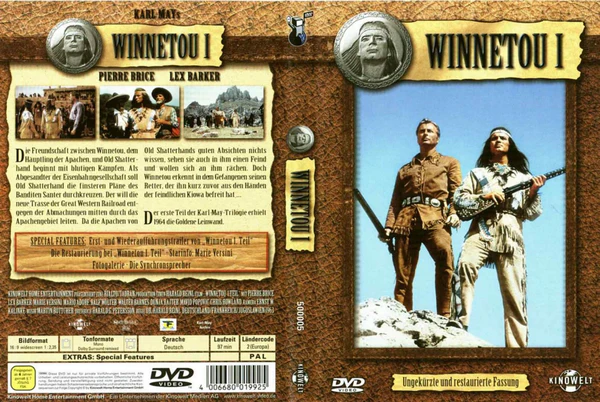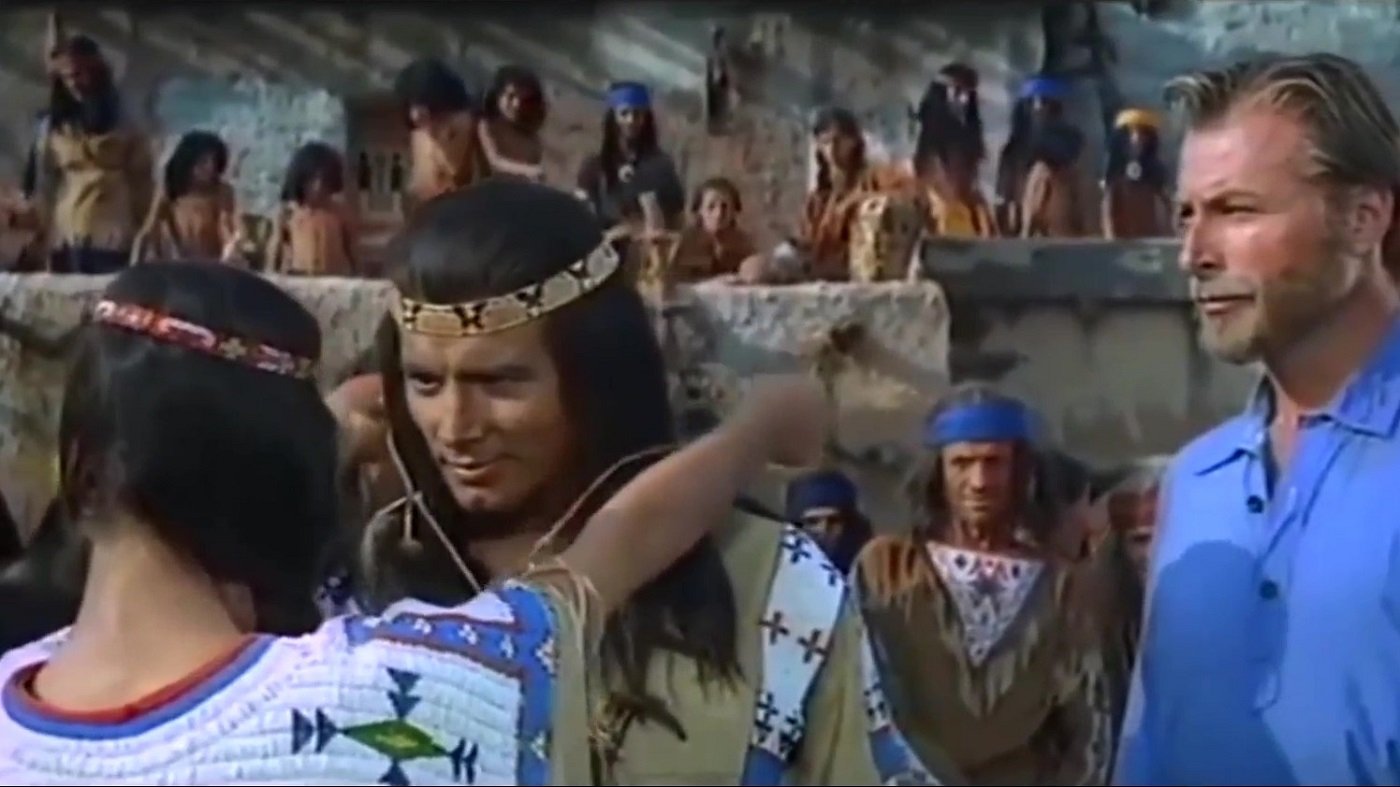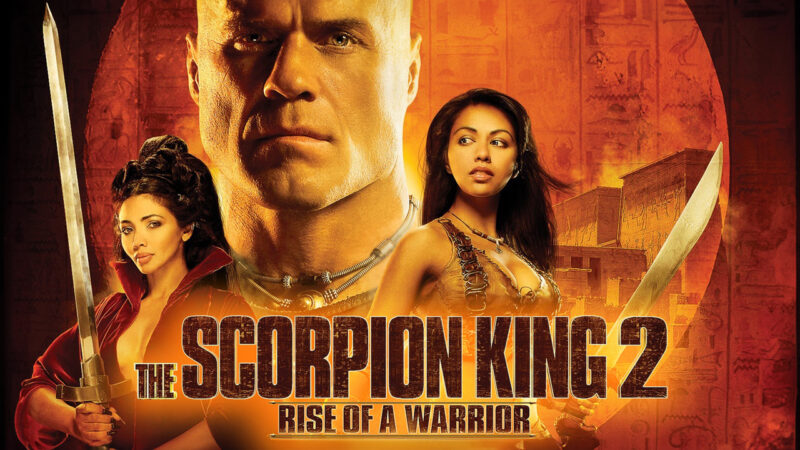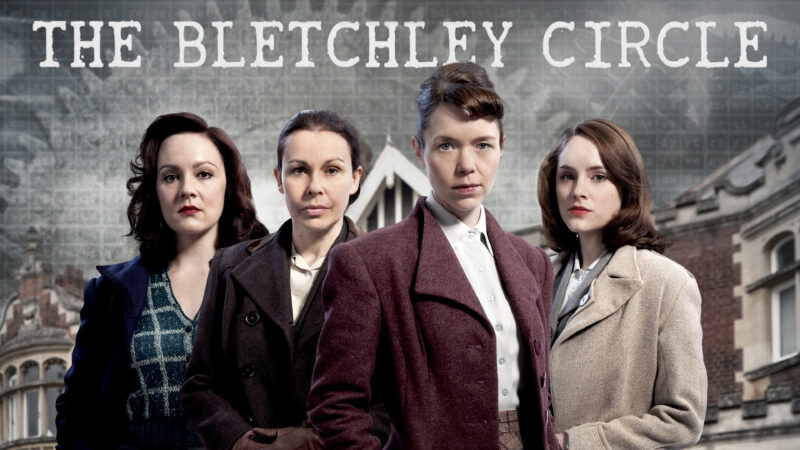🎬Winnetou (1963)

“Winnetou (1963)”: A Legendary Western from a European Perspective

Release Date: December 11, 1963 | Director: Harald Reinl | Genre: Western, Adventure
In the 1960s, as Western films dominated Hollywood screens, German cinema carved out its own niche with Winnetou (1963) – the inaugural masterpiece of the iconic film series based on Karl May’s novels. Directed by Harald Reinl, Winnetou tells a heartfelt story of friendship between Apache chief Winnetou and German surveyor Old Shatterhand, set against the rugged backdrop of the 19th-century Wild West. With stunning visuals, thrilling action, and a message of justice, the film became a cornerstone of the Euro-Western genre, leaving a lasting cultural legacy across Europe.
Plot: A Friendship That Transcends Cultural Boundaries
Winnetou (1963) follows the journey of Winnetou (Pierre Brice), a wise and courageous Apache leader, and his loyal companion Old Shatterhand (Lex Barker), a German surveyor in the American West. The story unfolds as Winnetou guides his tribe against invaders, including greedy businessmen and bandits seeking to seize Apache lands and resources. Old Shatterhand, with his sharpshooting skills and unyielding sense of justice, initially faces mistrust but soon becomes Winnetou’s trusted ally after they discover their shared commitment to peace and fairness.
Beyond its gripping confrontations, the film highlights the profound bond between its protagonists, symbolizing harmony between disparate cultures. It champions values like friendship, mutual respect, and the fight against injustice, setting it apart from many contemporary Westerns that often portrayed Native Americans through negative stereotypes.
Cast and Characters: An Iconic Duo
The film’s allure stems from the perfect synergy between Pierre Brice and Lex Barker. Pierre Brice, as Winnetou, delivers a commanding portrayal of an Apache chief who is both formidable and compassionate. His dignified presence challenges stereotypes, presenting Winnetou as a symbol of honor and leadership. This role catapulted Brice to stardom, forever tying him to the character of Winnetou.
Lex Barker, previously known for playing Tarzan in Hollywood, shines as Old Shatterhand – a brave, intelligent, and empathetic outsider. As a foreigner in the Wild West, Old Shatterhand embodies openness and solidarity, standing up for what is right. The chemistry between Brice and Barker is the heart of the film, creating an iconic duo that resonates in European cinema history.
The supporting cast enriches the narrative, with Mario Adorf as Frederick Santer, a ruthless and greedy antagonist, and Marie Versini as Nscho-tschi, Winnetou’s sister, who plays a key role in connecting the main characters.
Production: The Beauty of Euro-Western
Winnetou (1963) was a collaborative production between West Germany, Yugoslavia, and France, filmed primarily in Croatia (then part of Yugoslavia). The breathtaking landscapes of Plitvice Lakes National Park and the Velebit Mountains brought a majestic Wild West to life, distinct from the familiar deserts of Hollywood Westerns. Sweeping cinematography, paired with Martin Böttcher’s rousing and emotive score, created an unforgettable visual and auditory experience. The film’s theme music remains an enduring classic in German cinema.
Produced by Rialto Film and distributed by Constantin Film, Winnetou is a hallmark of the Euro-Western genre (or “sauerkraut Western” in Germany), blending Hollywood-style action with a European emphasis on friendship and morality. Though based on Karl May’s novels – written by an author who never visited America – the film succeeds in crafting a romantic and captivating vision of the Wild West.
Success and Legacy

Released on December 11, 1963, Winnetou became a box office sensation in West Germany and across Europe, drawing millions of viewers. Its success spawned a prolific Winnetou film series, with 11 related films produced between 1962 and 1968. Beyond its commercial achievements, the movie inspired Karl May festivals in Germany, where Winnetou’s stories are reenacted through theater and outdoor performances.
Audiences and critics at the time praised Winnetou for its stunning visuals, compelling performances, and respectful portrayal of Native Americans – a rarity compared to many Hollywood Westerns. However, modern critics note its romanticized depiction of Native life and lack of historical accuracy, a reflection of Karl May’s idealized perspective. Despite these critiques, Winnetou remains beloved for its entertainment value and positive message of unity and justice.
The film also helped shape the Euro-Western genre, paving the way for Italy’s Spaghetti Westerns popularized by directors like Sergio Leone. In Germany, Winnetou earned accolades such as the Bambi Award, cementing its cultural significance.
Conclusion
Winnetou (1963) is more than a Western; it’s a timeless tale of friendship, honor, and the fight for justice. With the stellar pairing of Pierre Brice and Lex Barker, alongside breathtaking Croatian landscapes, the film stands as a defining work of 1960s European cinema. While it carries some historical inaccuracies, Winnetou continues to captivate audiences with its message of harmony and righteousness, making it a cherished gem of the genre.
Rating: 8/10
Recommendation: Watch Winnetou for a unique take on the Wild West, and continue with sequels like The Treasure of the Silver Lake to experience the full series.
TRAILER MOVIE📺👇👇:





